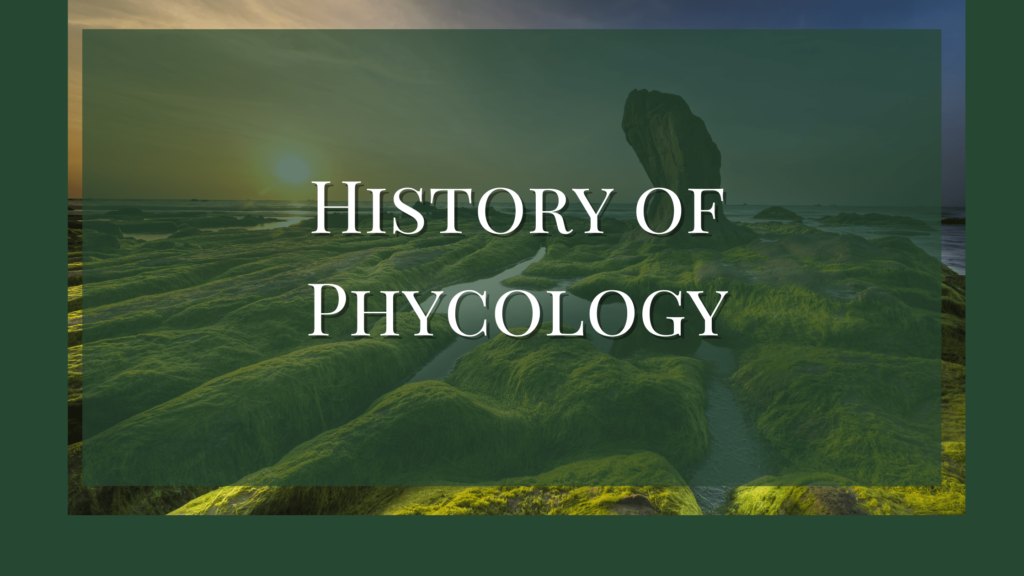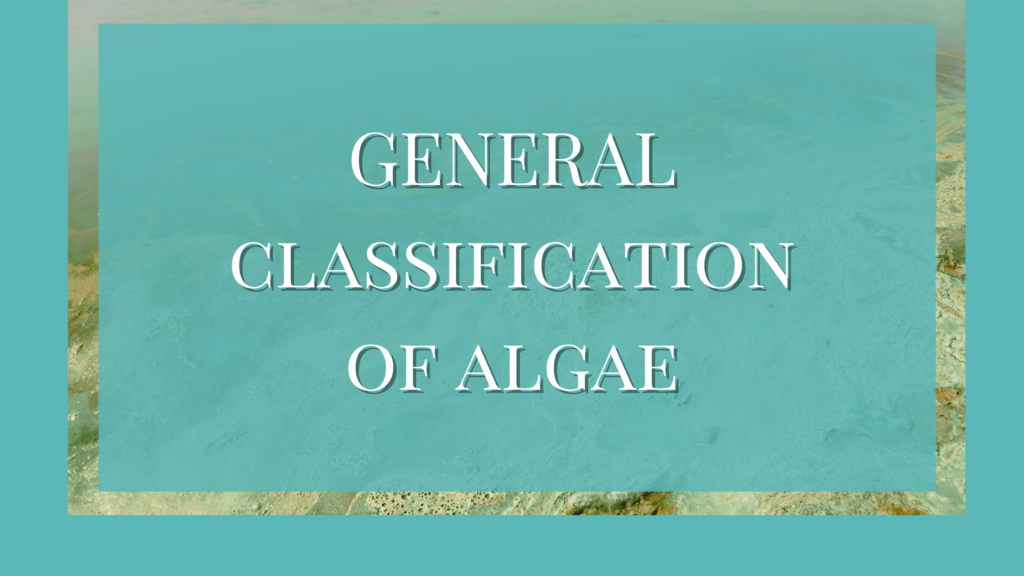Sexual reproduction is the method in algae under unfavorable conditions. Here, some specialized cells called gametes fuse to form a zygote having a new combination of genes. The cells as a result of sexual reproduction in algae will not be similar to their parents.
The gametes produced can be from the same parent cell or plant, or separate plants. The process of fusion is called fertilization and results in a diploid cell.
Stages of fertilization
During sexual reproduction, two compatible haploid gametes come in contact and fuse. To guarantee the success of this process, there is a highly synchronized and regulated movement, especially in the unicellular and colonial algal forms.
Sexual reproduction in algae involves two functionally opposite processes- syngamy and meiosis. It happens in three stages of fertilization of gametes. They are,
- Syngamy is a two-stage process involving the cytoplasmic fusion of gametes (plasmogamy) followed by the pairing of chromosomes (karyogamy).
- Plasmogamy: Fusion of cytoplasm of the gametes
- Karyogamy: Fusion of nuclei
- Meiosis: Meiosis is the interchange of genetic information (in synapsis) and the independent assortment of chromosomes into the resultant cells. The meiotic division of the zygote to form haploid cells.
Types of sexual reproduction in algae
Each algal cell that produces a gamete has its physiological characteristics and complexity that influence the subsequent type of sexual reproduction. Based on these, there are two types of sexual reproduction,
- Isogamy
- Heterogamy
Isogamy
Syngamy between morphologically identical gametes is called isogamy. Isogamy is the fusion of gametes produced by the same cell that are similar in their morphological characters. They are naked and will be haploid in nature. They can be motile or non-motile depending on the algae.
In algae such as Chlamydomonas, instead of gamete production, the adult cell itself functions as a gamete. The fusion of such cells is called hologamy.
Heterogamy
Heterogamy is the fusion of dissimilar gametes that are different morphologically and physiologically. Heterogamy is of two types- anisogamy and oogamy.
Anisogamy
Here, there are male and female gametes. The male gamete will be more active and smaller than the larger and less active female counterpart. Such gametes that are morphologically similar but have different physiological characters will have one plus (+) strain and the other minus (-) strain. The fusion of such gametes will be called physiological anisogamy.
In non-flagellated gametes (as in Zygnematales), one gamete may be motile while the other remains within the confines of the cell in which it was formed.
Oogamy
Oogamous syngamy is the fusion of a flagellated male gamete called sperm and a non-flagellated female gamete called the egg. This is the advanced type of sexual reproduction that has a separate male and female gametangium to produce the respective gametes. The male gamete here will be smaller and more active. The female gamete formed will be produced inside the oogonium. It will be inactive, larger, and non-motile. Eg. Vaucheria, Chara.
There is a fourth type of syngamy called autogamy. It is the fusion of two gametic nuclei of an individual. This type of fusion is not common in algae.
Advantages of sexual reproduction in algae
- Prevents degeneration of the race caused by continuous asexual modes.
- Provides a variety of offspring through gene combinations.
- Large numbers of offspring are reproduced, which increases the chances of survival.
- It makes way to natural selection through the strongest’s survival and the weaker’s elimination.
- Good for the improvement of the race.
Disadvantages of sexual reproduction in algae
- Sexual reproduction of algae depends on the chance of gamete fusion. In many cases, the gamete fusion does not occur which fails the entire purpose.
- It requires the movements of the gametes as well as the parental cells to meet the gametes.
- It is also necessary to have an aquatic medium for the process to occur. The gametes lack an exterior sheath which can get dry when exposed to air, so they need aquatic conditions for their survival.
Meiotic Divisions in Sexual Reproduction of Algae
When it comes to syngamy, the site of meiosis is important. In the algae, there are four such sites.
- During germination of the zygote, which is the only diploid phase, such meiosis is called zygotic.
- During spore formation, the spore then germinates to form a haploid plant that produces gametes by mitosis, such meiosis is termed sporic.
- The meiosis that produces gametes is called gametic meiosis.
- During vegetative cell division other than for reproduction, one part of the thallus is haploid and the other is diploid. Such meiosis is called somatic.
Similarly, based on the site of meiosis algal life cycles are classified as zygotic, sporic, gametic, and somatic life cycles.
Zygotic meiosis life cycles are considered primitive and are mostly seen in unicellular, colonial, or palmelloid taxa.
Sporic meiosis life cycles have a spore-producing phase, the sporophyte, which is usually diploid, and a haploid gamete-producing phase, the gametophyte. The recurring sequence of sporophyte and gametophyte is termed alternation of generations. An isomorphic generation is one with two identical vegetative morphologies while a heteromorphic generation is when they differ.
Gametic meiosis life cycles that characterize the animal kingdom are uncommon in algae and appear to have arisen independently in several algal groups.
Somatic meiosis life cycles are even rare, being known with certainty from the Prasiolales (Ulvales- Chlorophyceae) and some freshwater members of the Batrachospermales (Rhodophyceae).
Sexual reproduction is absent or uncertain in the Prochlorophyta, Eustigmatophyceae, Raphidophyceae, Cryptophyceae, and Euglenoids. It does not occur in the Cyanophyceae, although gene transfer between individuals is well documented.
References
Frenkel, J., Vyverman, W., & Pohnert, G. (2014). Pheromone signaling during sexual reproduction in algae. The Plant Journal, 79(4), 632-644. https://doi.org/10.1111/tpj.12496
Additional Reading
- Asexual Reproduction In Algae
- Types of Vegetative Reproduction in Algae
- General Characteristics Of Algae




